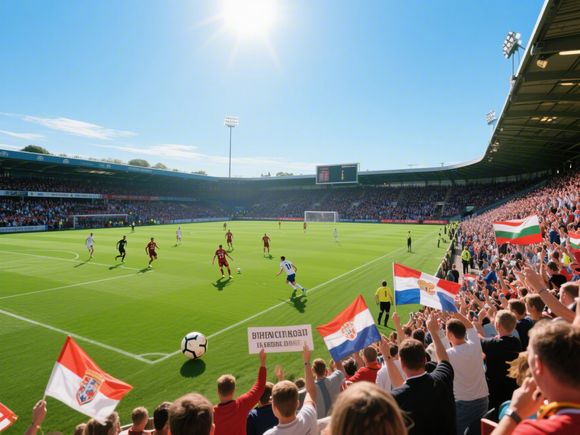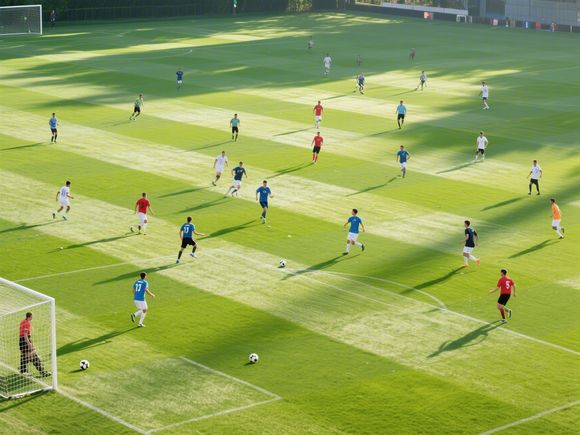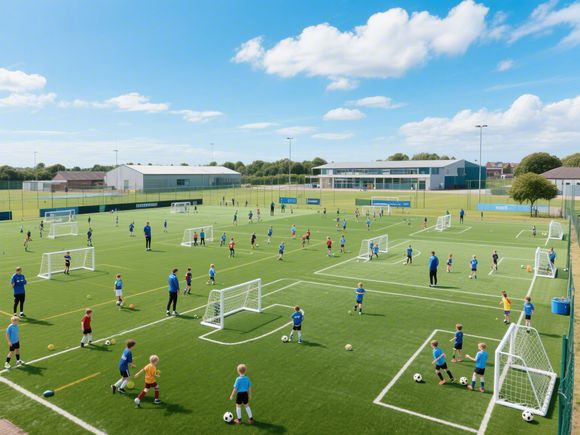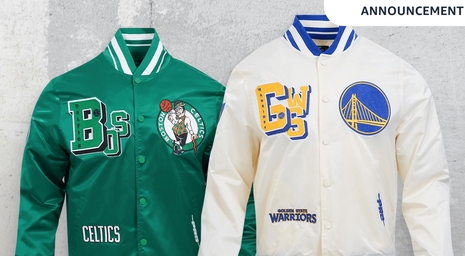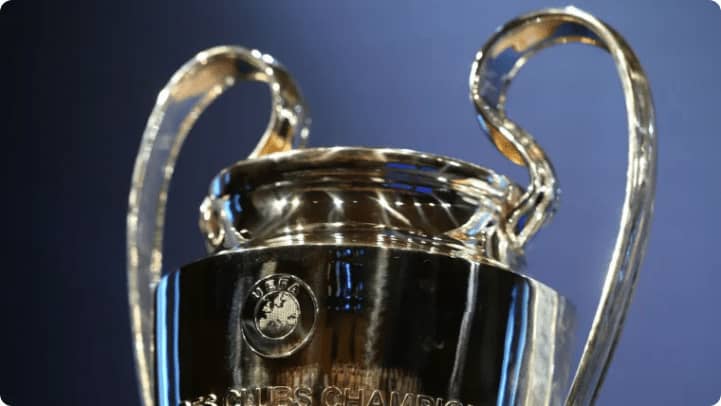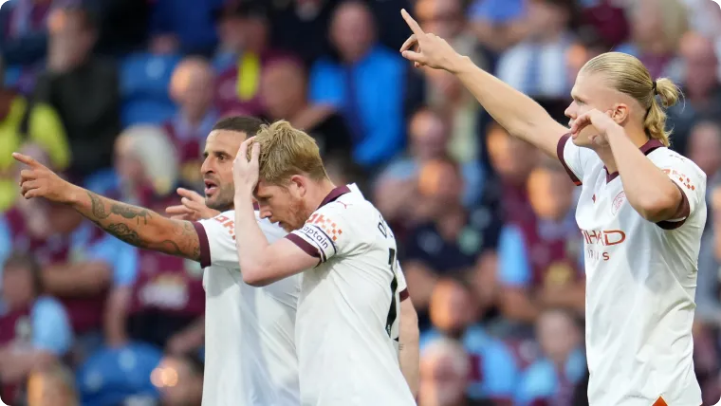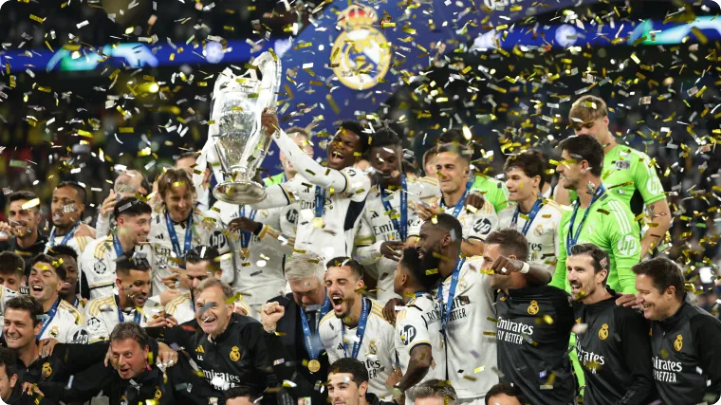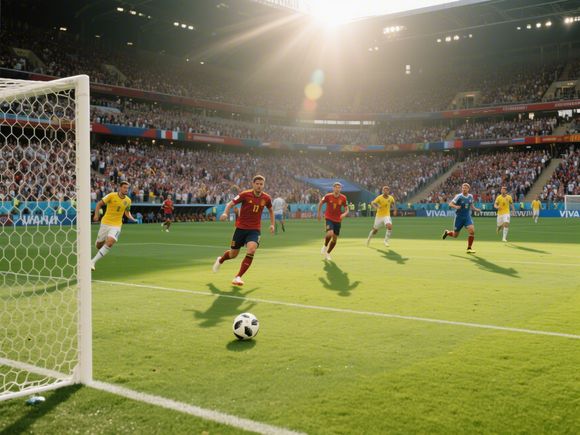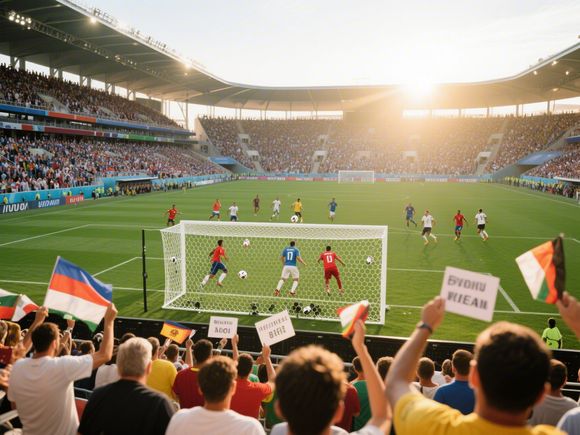Kevin De Bruyne’s Frustrating Farewell Season: Injuries, Tactical Turmoil, and the Weight of Legacy
FEEL UNSTOPPABLE IN GEAR THAT MOVES WITH YOU.
From lightweight running shorts to moisture-repellent jackets – every piece is crafted for peak performance and head-turning style.
Need sports gear? Get it on sale now – discounts you can’t resist! <--ClickIntroduction
Kevin De Bruyne’s final season at Manchester City was a poignant mix of unfulfilled promise and emotional resilience. As the Belgian maestro prepared to leave the Etihad Stadium after a decade, his struggles with injuries, tactical shifts, and the pressures of legacy mirrored the broader struggles of a club in decline.
1. injury Woes and a Relentless Schedule
De Bruyne’s season began with a thigh injury that sidelined him for seven weeks, compounding years of recurring physical setbacks. The relentless pace of a career spanning over 10 years at City took its toll, leaving the 33-year-old unable to match his usual brilliance. Despite returning, he managed just two goals and six assists in 17 appearances—a stark contrast to his trademark productivity.
The grueling match schedule, requiring City to play nearly every three days, exacerbated recovery challenges. This rhythm also contributed to Rodri’s season-ending ACL injury in September, further destabilizing the midfield.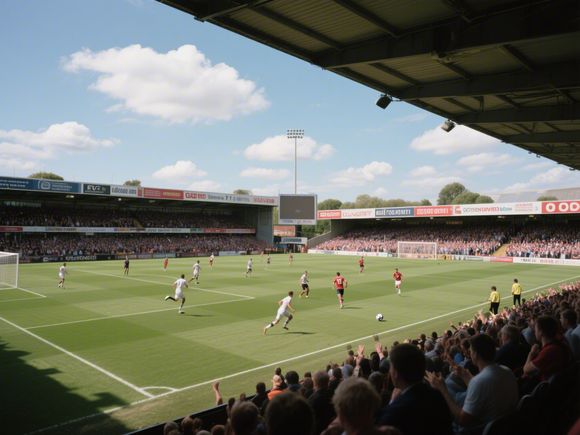
2. Tactical Upheaval and a Midfield Void
The Absence of Rodri
Rodri’s injury left a critical gap in City’s midfield structure. Guardiola-0.html target=_blank class=infotextkey>Pep Guardiola’s experiments with younger players like Matheus Nunes failed to replicate Rodri’s defensive Stability, leading to a defensive collapse (44 goals conceded—their highest since 2008-09). Humiliating defeats, including a 4-0 loss to Tottenham, underscored the imbalance.
De Bruyne’s Role Shift
Forced into a more defensive role, De Bruyne’s creativity was stifled. Guardiola’s tactics, such as deploying Phil Foden on the wing, further disrupted team cohesion. Late-season collapses, like the Champions League draw with Feyenoord after leading 3-0, highlighted the lack of composure.
3. Emotional Farewell and Unfinished Business
De Bruyne’s decision to leave added emotional weight to his struggles. Despite celebrating a decade at City (with 19 trophies), his hope to end with an FA Cup win was dashed in a 1-0 final loss to Crystal Palace. Off the field, balancing legacy pressures with personal life—while Belgium’s Euro 2024 exit compounded the strain—tested his resolve.
Yet, he remained a vocal leader, rallying teammates to secure third place and Champions League qualification in a late-season resurgence.
4. A Legacy of Resilience
Though this season may be remembered as a low point, De Bruyne’s flashes of brilliance—like his match-winning performance against Crystal Palace—affirmed his enduring greatness. His leadership and vision redefined modern midfield play, securing his place among City’s all-time greats.
As he departs, his legacy remains unshaken: a symbol of resilience, technical mastery, and the bittersweet end of an era.
Conclusion
Kevin De Bruyne’s final season at Manchester City was a study in contrasts—marked by physical and emotional trials, yet punctuated by moments of brilliance. While the season itself may fade into history, his impact on the club and the game endures.


